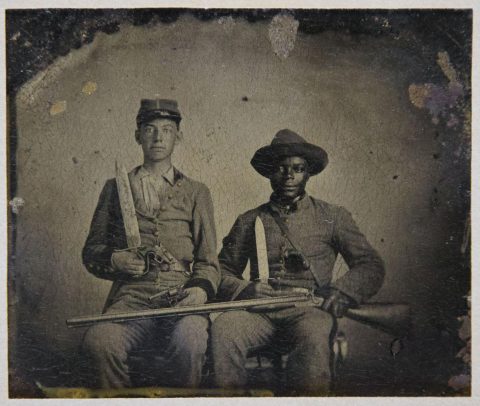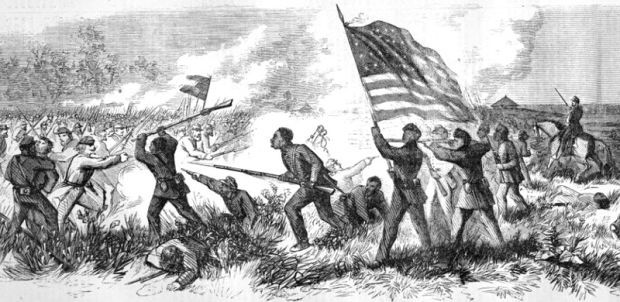


There was strong support for the abolitionist movement – when former slave and human rights campaigner Frederick Douglass traveled around Scotland on a lecture tour in the 1840s he was warmly received with full houses and wrote “No insults to encounter here – no prejudice to encounter, but all is smooth – I am treated as a man and as an equal brother.” Douglass’ visit strengthened feelings over donations the Free Kirk had accepted from slave owners in the US – the Ladies Emancipation Society of Edinburgh carved: “Send Back The Money” in giant letters into the turf by Salisbury Crags.īut there were Scots too on the other side – and some claim that the Civil War would have ended sooner if it had not been for the “blockade runners”. Their two daughters nursed the injured after the Battle of Gettysburg.īut like the US itself, Scotland was divided by the Civil War – across town in the Dean Cemetery an obelisk decorated with confederate flags commemorates Edinburgh-born Colonel Robert Smith, a friend of the white supremacist Confederate leader Jefferson Davis. There were notable people among them, including five sons of James and Agnes McAllister, who ran the first stop on the Underground Railroad, just across the border into Pennsylvania from Maryland – one son died at Vicksburg. It was interesting to find a link to that period, as I have just started to read ‘ “How the South Won the Civil War”, by Heather Cox Richardson, who traces a line from the US’ powerful while oligarchy of today to this conflict.Īccording to one account, there were about 50,000 Scots in the Union army – but they were very much assimilated into US culture and didn’t tend to form their own brigades so they are hard to count. It is in Edinburgh’s Calton Burial Ground and commemorates the Scottish soldiers who fought for the Union in the US Civil War of 1861-65. On an urban wander this week, I came across this statue of Abraham Lincoln. Letter from Scotland number 9 – you can find links to sources and sign up here


 0 kommentar(er)
0 kommentar(er)
